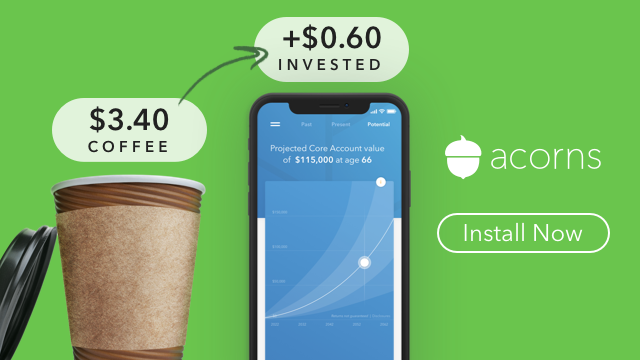4 Tips on How to Build Credit after Bankruptcy
Going through a bankruptcy is a difficult experience that often results in frustration and despair when it comes time to rebuild your credit profile. However, the process is not as difficult as you may think and doesn’t take too much effort to start today. Our article is going to teach you how to build credit after a bankruptcy in four simple steps.

1. Establishing a Budget
The first and most important tip we are going to cover in our how to build credit after bankruptcy article is to always establish a budget. As you likely already know, one of the main reasons people have to resort to bankruptcy is when their total expenses greatly exceed what they can afford to pay each month.
Since these types of spending habits are what led to bankruptcy in the beginning, we cannot stress enough the importance of creating a strict budget and sticking to it at all times. When creating a budget, there is a wide range of factors to consider.
The first one is obviously your income. Make sure to use the total amount of earnings you take home after taxes and other liabilities are automatically removed from the total. This will help you avoid overestimating the amount you take home each month. If your income tends to fluctuate, consider looking at your earnings for the previous three months. Take the lowest figure and use that as your base salary to play it safe.
Next, you must tally up all of your basic expenditures. This should include all your expenses include food, utility payments, car payments, insurance, and more. Fortunately, there are several free worksheets available to make this process easier. A great example is the one featured on the Consumer.gov.
Now that you have all your expenditures tallied, be sure to add in any relevant amounts that you pay for leisurely activities each month. Prime examples include going to the movies and eating out. The goal is to always have money left over for savings each month. If your total ends up negative, cut expenses until you have a positive cash flow amount.
2. Work on Stability
The second factor that we’re going to really focus on when learning how to build credit after bankruptcy is the importance of stability. Before you even begin thinking about credit cards and consumer loans, you have to make sure that you make yourself a more attractive borrower to creditors.
The easiest way to do this is to start by maintaining employment history with the same employer. Now, this doesn’t mean stick with a lower paying job should a better opportunity present itself. However, job hopping can negatively impact a creditor’s perception of you by making it seem like you are lacking stability.
In fact, many loan programs have very specific requirements when it comes to employment history. Prime examples include certain mortgage programs. All in all, it’s always best to have at least two years of stable employment history with the same employer. In addition, maintaining a residence also tends to look positive on your borrower profile as well for many companies.
Whatever you do, make sure to make any existing payments you have on time no matter what. A simple utility payment that results in a disconnection and a negative mark on your credit can further hamper your efforts to apply for a loan or credit card. This is why we chose setting a stable budget as your most important tip to follow first.
3. Applying for Your First Post-bankruptcy Credit Card
The third tip to consider when learning how to build credit after bankruptcy is to open a new credit card. There are a few important reminders to consider first. The main thing to keep in mind is that your bankruptcy is going to stay on your credit report for ten years. There is no way that a creditor will not see this when they run your application.
However, the bankruptcy itself is not enough to keep you from ever opening a credit account again. Your best bet is likely going to be secured and partially secured credit card offers. More than likely, you will need to stick with the fully secured credit cards to increase your chances of approval.
The way a secured credit card works is that you make a deposit that covers your total credit limit on the card. In most cases, the initial credit limit is as little as $300. One big advantage to these types of cards is that your starting credit limit is usually only limited by the size of your initial deposit.
There are a few important things to keep in mind with secured credit cards. For starters, they have very high interest rates. Your best bet is to remember to pay them off regularly and as quickly as possible. In addition, many of them come with yearly fees and other charges that you have to be on the lookout for.
However, not everything is bad with secured cards. As you make on-time payments, your history is reported to the credit bureaus. This will slowly but sure raise your credit score and eventually open the door to more attractive offers. In many cases, secured cards will convert your account to unsecured status with good payment history over time.
4. Moving onto Loans
Our fourth tip for those of you learning how to build credit after bankruptcy is to move onto consumer loans. This step definitely comes after you have spent some time building credit with the responsible use of a secured credit card. Once your score has improved over several months, you can try applying for a small loan.
A great place to start is a used car dealership. While the terms may not be the best in the world, getting a car and making timely payments is an excellent way to build credit. However, always make sure to not take on a car payment that exceeds what you can afford comfortably.
Drawing to a Close
Fortunately, a bankruptcy is not the end of your financial future. By following the simple tips outlined in our how to build credit after bankruptcy article, you can easily set yourself up for success by re-establishing yourself. Remember, it only takes a bit of time and patience to rebuild your credit profile.
 Follow
Follow
